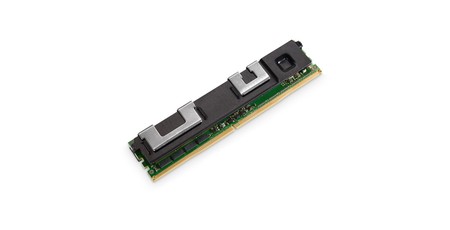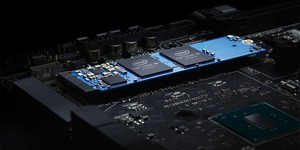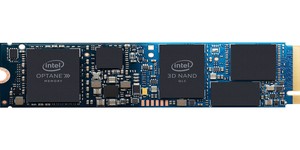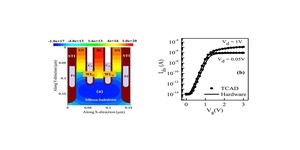Researchers find a way to speed Optane DIMMs still further
June 14, 2018 | 11:11
Companies: #intel #intel-micron-flash #micron #north-carolina-state-university

Intel and Micron's jointly-developed 3D XPoint flash memory technology may be fast, but researchers claim they have a way to make it even faster: Moving from eager persistency to lazy persistency.
Unveiled back in 2015 as a product of Intel-Micron Flash, the since-dissolved joint venture between the two companies, 3D XPoint is one of the first steps on the path to so-called 'universal memory' which has the speed of volatile dynamic memory and the capacities of non-volatile flash RAM. Launched by Intel under the Optane banner first for servers then for consumers as cache modules and later enthusiast and high-end mainstream storage drives Optane isn't quite at the point of replacing RAM yet - bar for selected specially-tweaked server workloads - but is already considerably faster than the traditional NAND flash storage it is aiming, initially, to replace.
Researchers led by Yan Solihin, professor of electrical and computer engineering at North Carolina State University, claim that it could be faster, however - and will need to be before it can truly replace dynamic RAM. In a paper presented at the 45th Annual International Symposium on Computer Architecture, Solihin presented a technique which aims to cut down the overhead of eager persitency - a means by which memory contents is made involatile to prevent crashes. Dubbed lazy persistency, the team's work flips the problem: Rather than putting a heavy overhead on all workloads to protect against hopefully rare crashes, lazy persitency has a much lighter impact on general workloads in exchange for requiring more effort in the case that something does go wrong.
'The recovery process is more complex,' explains Solihin in a piece for electrical and electronic engineering outlet IEEE Spectrum, 'but the common case execution becomes a lot faster.' The trick: relying on a traditional, volatile cache backed up with checksumming that can alert the system to corruption between volatile and non-volatile data.
In testing - which, Solihin admits, has been carried out in dynamic memory using a simulated model of 3D XPoint DIMM technology, rather than on the as-yet unavailable real hardware - lazy persistency drops execution time overhead from nine percent to one percent and increases writes by three percent compared to its rival's whopping 21 percent. The result: Everything goes faster, bringing 3D XPoint memory marginally closer to where it could truly replace dynamic RAM.
Solin's paper has not yet been published to his NCSU profile.

MSI MPG Velox 100R Chassis Review
October 14 2021 | 15:04








Want to comment? Please log in.